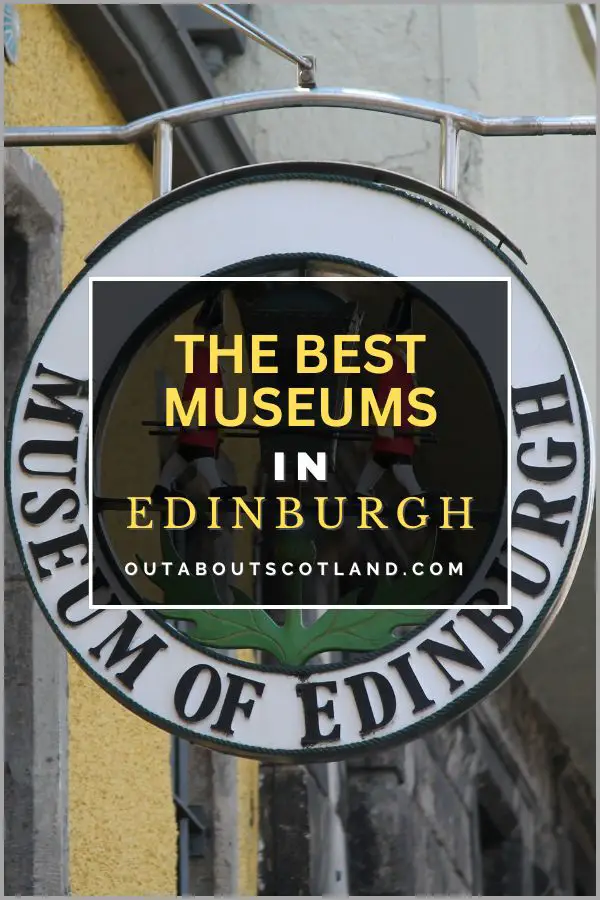Within Edinburgh’s Old Town lies a treasure trove of history, not filled with ancient artefacts or royal regalia but with something just as captivating: money. The Museum on the Mound is an attraction dedicated to the fascinating world of finance, nestled within the imposing Bank of Scotland headquarters at The Mound.
Discover this unique museum which offers a glimpse into the economic heritage of Scotland, where tales of trade, wealth, and the evolution of banking come to life.
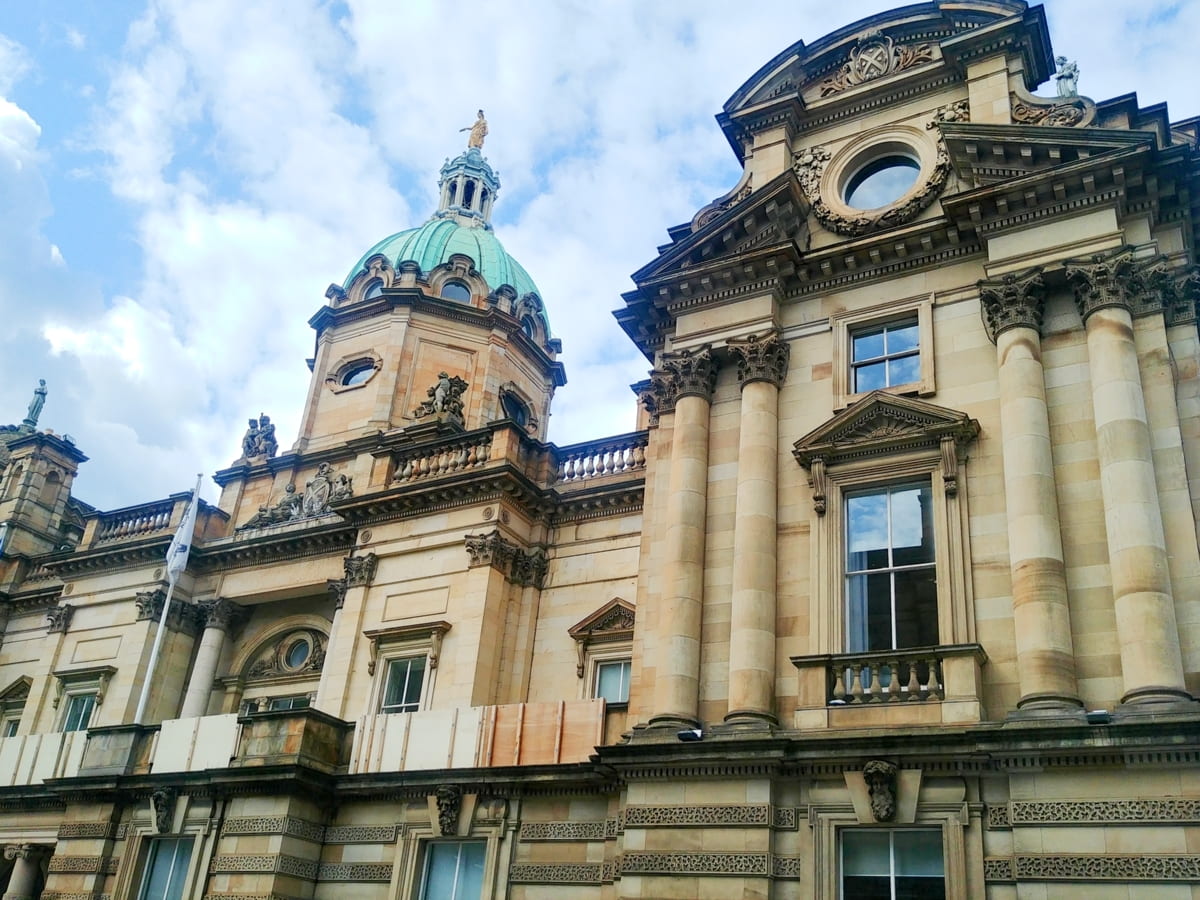
| Address: | The Mound, Edinburgh, EH1 1YZ |
| Opening Hours: | Saturday 1–5 pm Sunday Closed Monday Closed Tuesday 10 am–5 pm Wednesday 10 am–5 pm Thursday 10 am–5 pm Friday 10 am–5 pm |
| Admission Price: | Free |
| Parking: | None |
| Contact: | 0131 243 5464 |
| Facilities: | Shop, toilets |
| Photos: | YouTube Video |
Overview
If you’re stuck for ideas for things to do while you’re in the centre of Edinburgh you could do a lot worse than pop into the Museum on the Mound, one of the few museums in the world that’s dedicated to the one thing none of us ever have enough of – money.
The attraction is located in the headquarters of the Bank of Scotland between The Royal Mile and Waverley train station where the aptly named ‘Museum on the Mound’ sits on top of an artificial hill that was made from excavated earth recovered from the foundations of Edinburgh’s New Town.
Some of the city’s most beautiful buildings are located close to the museum, including the New College Assembly Hall and the High Court, but it’s the Bank of Scotland building that’s the most interesting for tourists.
Although it’s free to visit, a lot of attention has been put into the museum’s displays, and the Bank of Scotland has done a great job of making it interesting for both children and adults. That’s something most paid attractions struggle to pull off, let alone a free one.
It’s not a big museum by any means, and you’ll easily finish your tour within an hour, but I guarantee you’ll have learned a few new things by the time you make your way out of the exit.
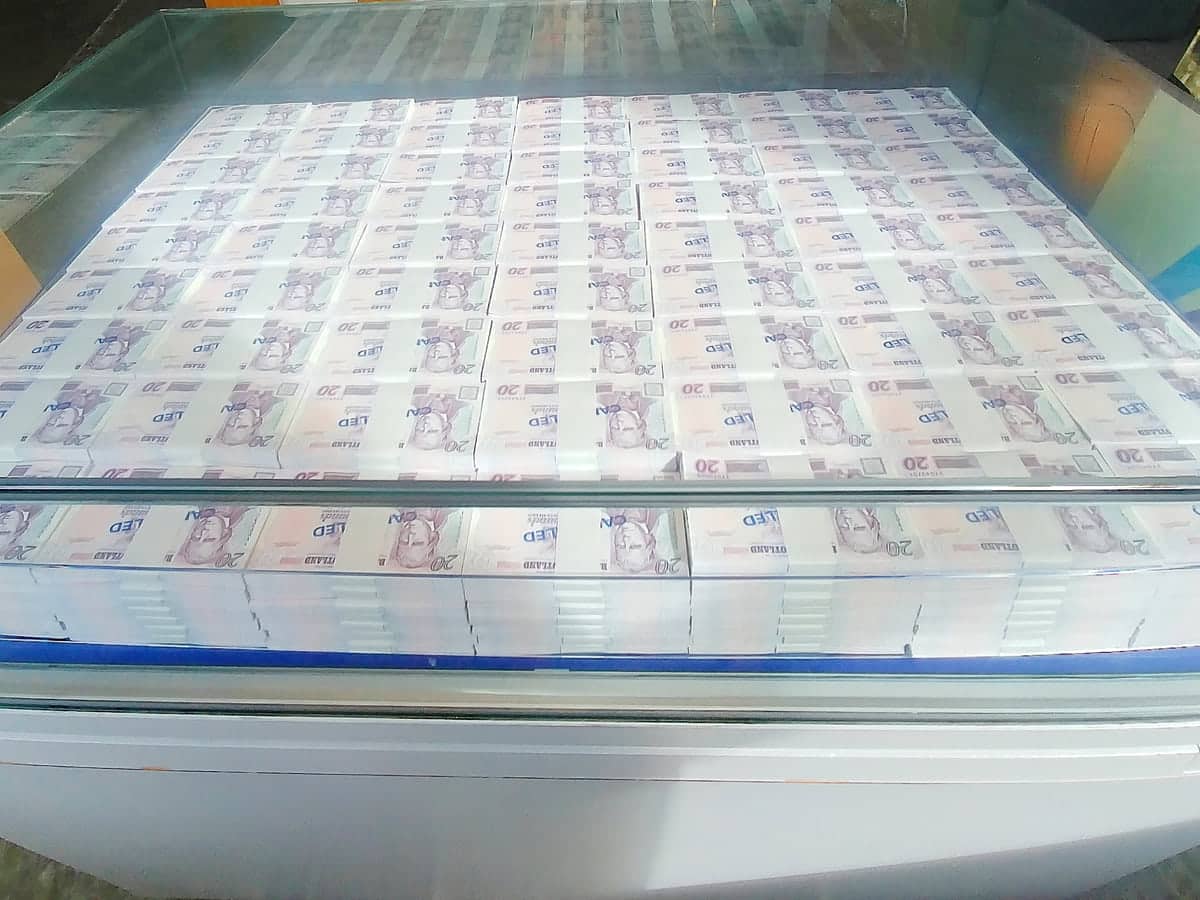
Book Tours in Scotland
The Highlights
1: The Museum on the Mound is home to some of Edinburgh’s most captivating displays, from a million pounds in cash to Scotland’s oldest banknote. And best of all, entry to this fascinating museum is completely free.
2: The museum is genuinely interesting, and the displays are very well done. Full marks to the Bank of Scotland for keeping the museum going at no cost to the public (although they’ve tried to close it in the past).
3: Education is a key component of the Museum on the Mound and there are lots of activities to introduce children to the concepts of money and finance.
Visiting Tips
1: Get there between 14.30 and 16.00 for the free children’s coin-striking activity.
2: There’s no toilet inside but you’ll find them at nearby Waverley Station. As far as food and drink go, take your pick from anywhere on the Royal Mile.
3: Before you visit the Museum on the Mound, make sure to check the most up-to-date opening times as they can vary throughout the year and may be subject to change. The museum has been known to offer limited opening hours or seasonal closures, so it’s worth checking their website before leaving home.
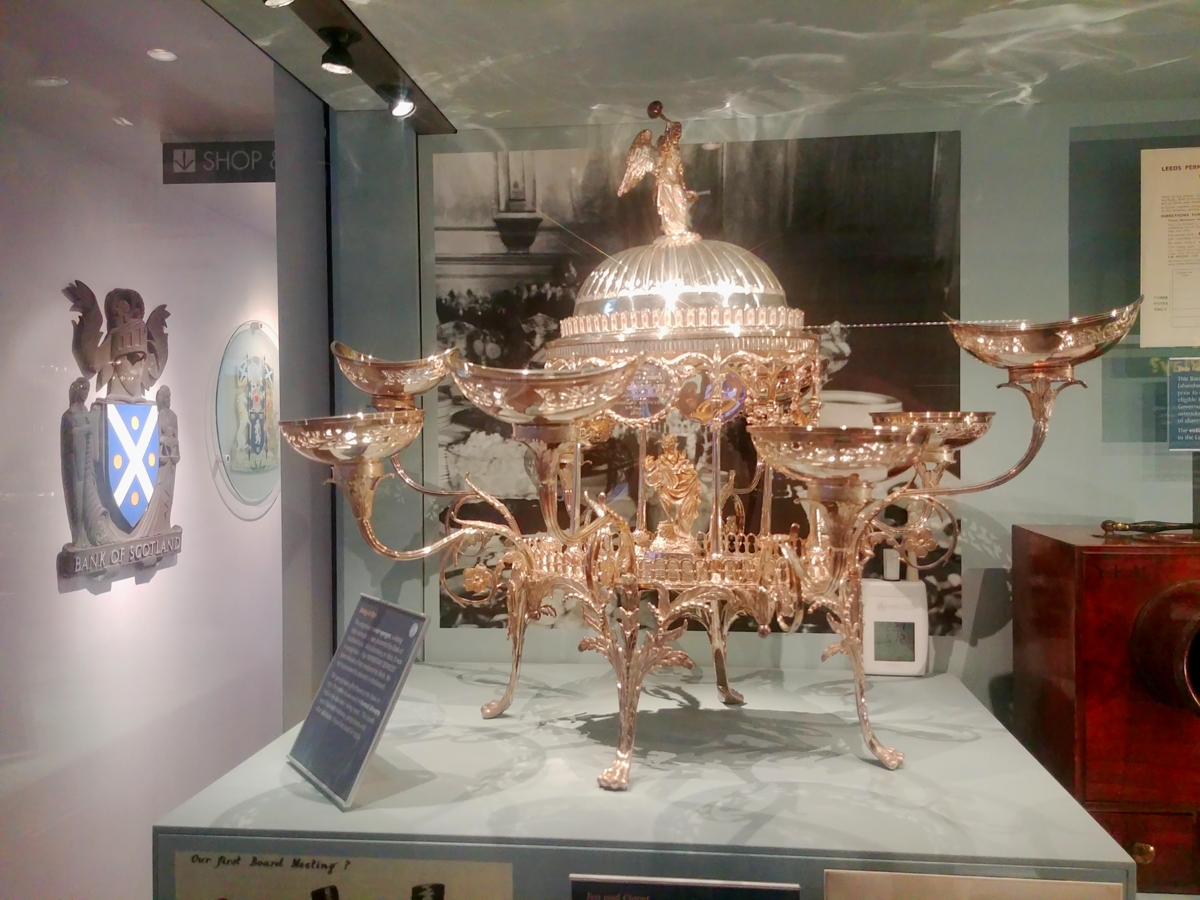
Protect Your Family From Scotland's Biting Midges
- Powerful, reliable protection for up to 8 hours
- Water- and sweat resistant
- Repels midges, mosquitoes, horse flies, sand flies, fleas and ticks
- Safe for use on adults, children over 30 months and pregnant women
- Non-sticky, moisturising with a pleasant fragrance
- Packaging may vary
Tourist Information
We all know that money makes the world go round (except in my wallet, which is usually empty), but have you ever wondered where something so mundane as banknotes and coins actually come from? Or why banks even exist? If you have, you’ll find the answers to these questions at the Museum on the Mound, where a collection of displays and antique objects tell the story of money from 4,000 years ago to the present day.
Highlights include a glass case that’s filled to the brim with one million pounds of banknotes, and a Lego-style bank that children can knock down and rebuild to their heart’s content. There are also interactive maps that depict how the city has changed since the 1600s, and there are sketches that show the city in different stages of its development.
Other displays feature glass cases with money-themed objects, and artefacts including ancient coins and banknotes from around the world. There are also a few examples of the very earliest forms of money, such as tea, seashells, and even feathers.
If you’re visiting with children, they can get hands-on by trying to crack open a safe, and there are activity books to keep them amused if the thought of walking around a museum sends them into a strop. Best of all, though, the staff have interactive afternoon sessions where kids get to strike their very own coins while learning about the history of money.
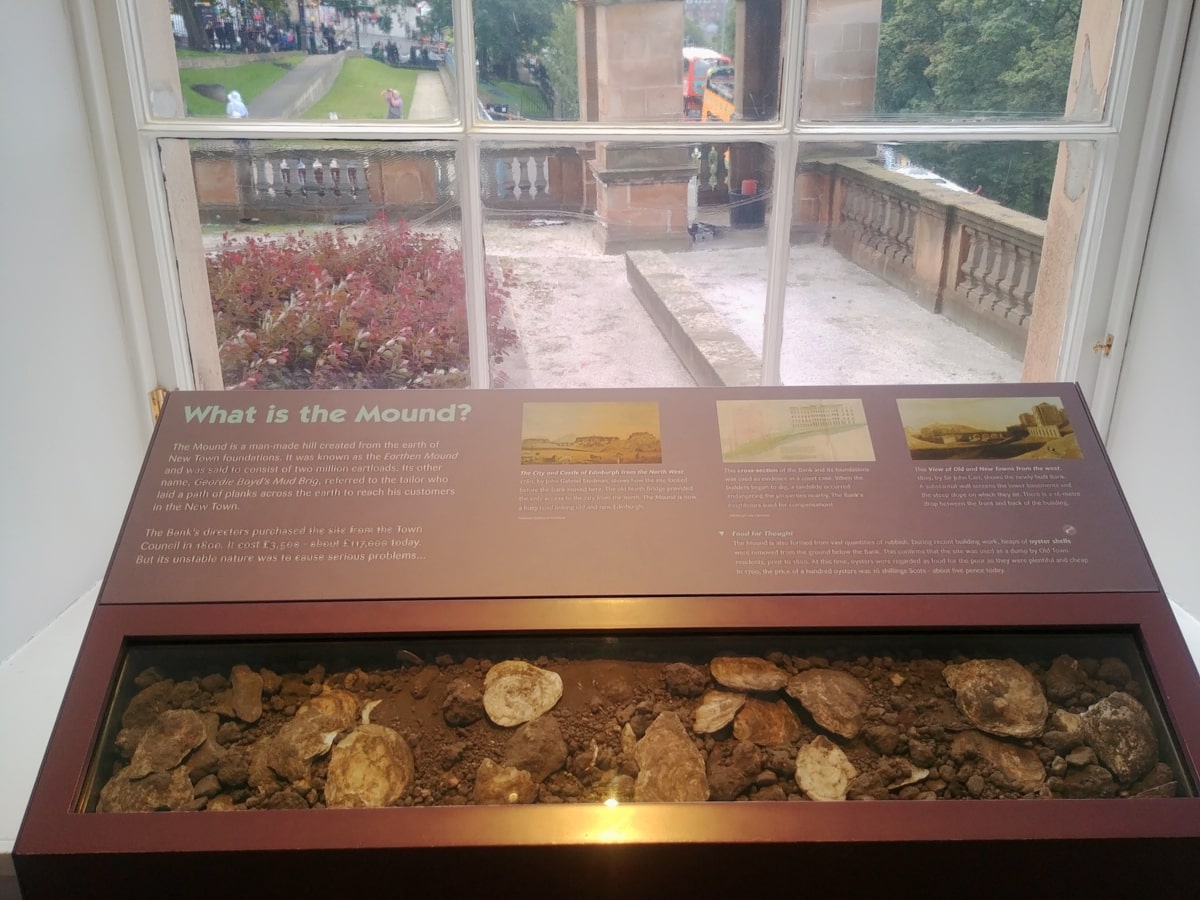
History
The Bank of Scotland is the nation’s oldest bank and was founded over 300 years ago, in 1695. As the bank grew, the need for a head office became a necessity, so the custom-built headquarters were built in 1806.
The mound that the ‘Museum on the Mound’ refers to was created from 1.5 million cartloads of earth that were dumped onto the site during the construction of the New Town in the 18th century. Although work began in 1781, it took until 1830 for the final load of earth to be deposited.
The original bank headquarters was commissioned in 1796 at the 100th annual general meeting, but its location caused a lot of problems as it sat on top of earthworks that had been used as a local rubbish dump for most of the previous century. This dump had a slope of over 16 metres from front to back, which meant any slippage of the earth under the foundations would have been catastrophic.
However, Edinburgh’s architects designed a retaining wall on the north side of the building to keep everything in place, which was obviously a good idea as the building is still standing today.
As the popularity of the Bank of Scotland continued to grow, the headquarters proved to be too small so a major plan of extensions began that were completed in 1878. In addition to the existing building, full-height wings were added to the east and west sections, and a single-story extension was built on the front.
To address complaints that the original building was ugly, Greek-style facades and statues were added, along with the impressive central dome.
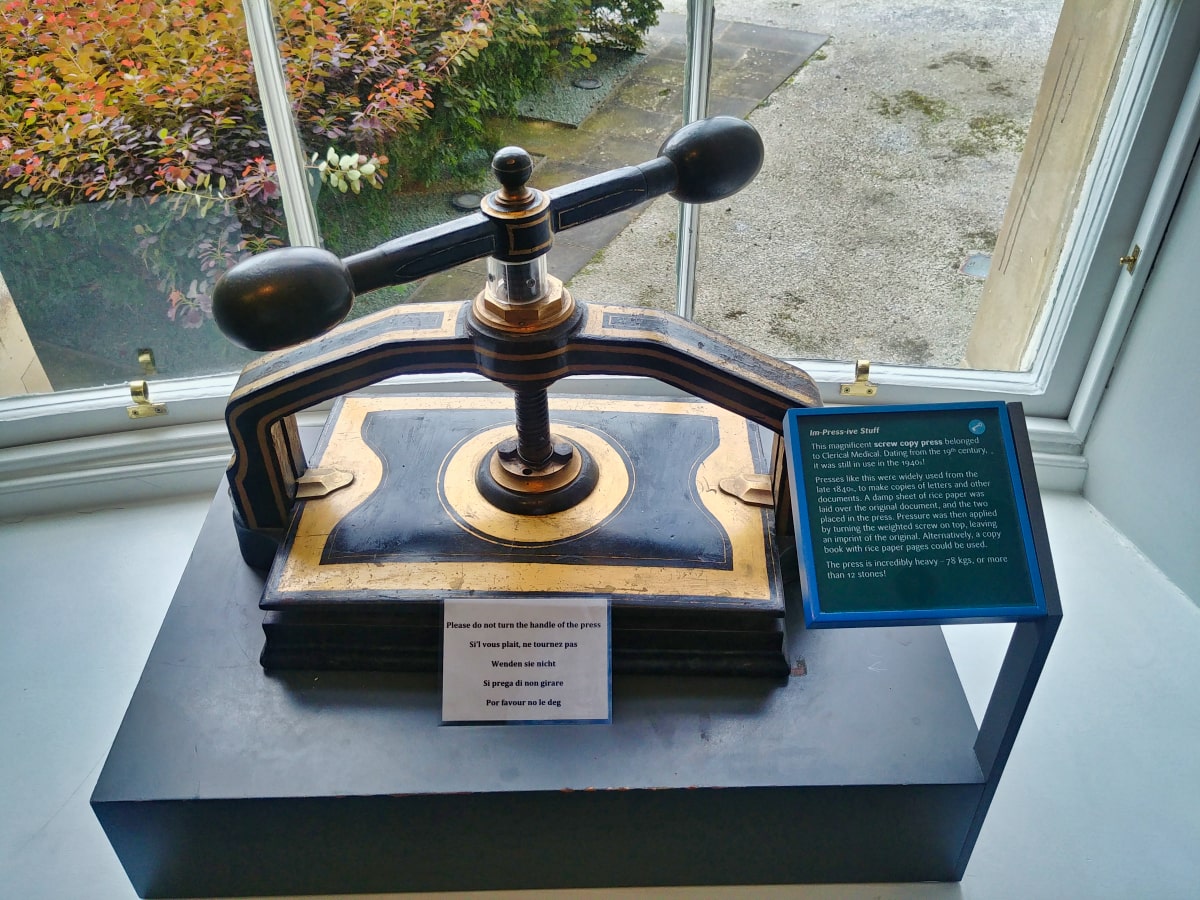
Book Tours in Scotland
Things to Do
Explore Scotland’s Financial History: Dive into the rich history of Scotland’s currency at the Museum on The Mound. View a million pounds up close, learn about the evolution of money, and uncover the complexities behind counterfeiting.
Participate in Interactive Exhibits: The museum offers several interactive exhibits for visitors of all ages. You can play with interactive maps that show Edinburgh in the 1600s, or even attempt to crack open a safe! These interactive displays provide a unique, hands-on learning experience that kids will love.
Discover the Building’s History: The museum is located in a historic 19th-century building that served as the head office of the Bank of Scotland. Learn about the architectural significance of the building, its role throughout the years, and the people who worked within its walls.
Attend a Workshop or Lecture: The Museum on The Mound often hosts educational workshops and lectures. It’s a perfect opportunity to learn more about Scotland’s banking history and the role of money in society from experts in the field.
Enjoy the Views: The museum is situated on The Mound which provides stunning views of Edinburgh. After touring the museum, take a moment to step outside and soak up the scenery. It’s a perfect way to finish your visit.
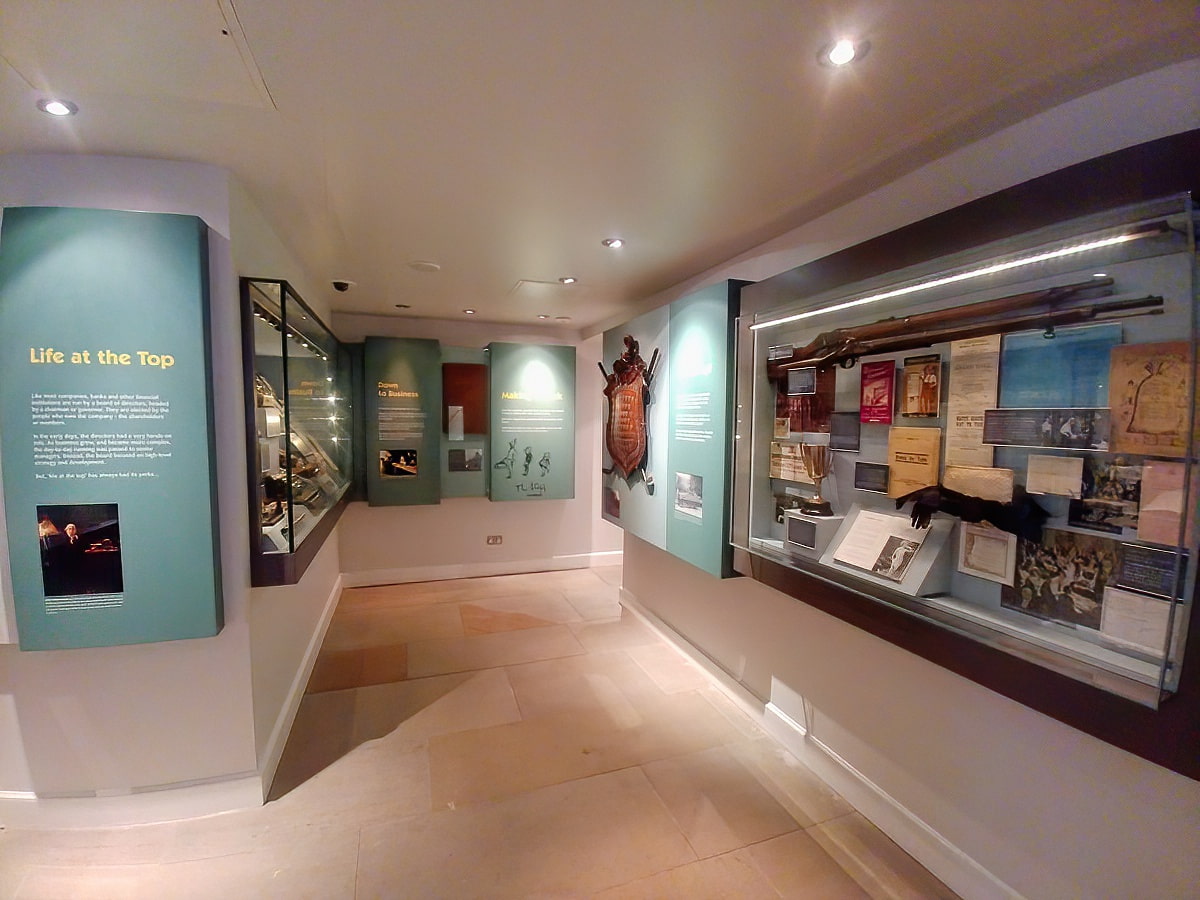
Things to Do Nearby
The Scottish National Gallery. The Mound, Edinburgh EH2 2EL. 4-minute walk.
The largest art gallery in Scotland. The National Gallery displays priceless works of art in two grand Georgian buildings. Both galleries are free to enter, though there are also paid exhibitions staged throughout the year.
The Real Mary King’s Close. Warriston’s Close, 2, High St., Edinburgh, EH1 1PG, is a 3-minute walk.
An underground historic attraction that takes visitors on a subterranean guided walk through a preserved 17th-century street. It features educational displays, a shop, and a café.
The Writers Museum. Lawnmarket, Lady Stair’s Close, Edinburgh, EH1 2PA, is a 1-minute walk.
One of the few museums in the world solely dedicated to writers. Discover the life histories and works of Robert Burns, Sir Walter Scott, and Robert Louis Stevenson.
Gladstone’s Land. 477B Lawnmarket, Edinburgh EH1 2NT. 1-minute walk.
Historic restored house dating from the 1600s. A guided tour takes you through the history of Edinburgh and shows visitors how people lived in the tenements of the city 350 years ago.
The Edinburgh Dungeon. 31 Market St, Edinburgh EH1 1DF. 5-minute walk.
Go on a guided tour through 1,000 years of Scottish history with costumed guides who tell stories of the vile goings-on in ‘Auld Reekie’ throughout the centuries. The attraction includes underground rides and live shows.
Protect Your Family From Scotland's Biting Midges
- Powerful, reliable protection for up to 8 hours
- Water- and sweat resistant
- Repels midges, mosquitoes, horse flies, sand flies, fleas and ticks
- Safe for use on adults, children over 30 months and pregnant women
- Non-sticky, moisturising with a pleasant fragrance
- Packaging may vary
Frequently Asked Questions
What is the architecture of the Museum on the Mound?
The Museum on the Mound in Edinburgh is housed in the historic Bank of Scotland Head Office. Between 1802 and 1806, David Bryce, an architect, designed this neoclassical structure. Its architecture features traditional Greek Revival style with grand pillars and detailed stonework.
The interior has been modernised to accommodate the museum exhibits, but it still retains many of its original architectural features.
How much does it cost to visit the Museum on The Mound?
There is no fee to visit The Museum on the Mound.
Are all museums in Edinburgh free?
Not all museums in Edinburgh are free, but many are. The National Museum of Scotland, the Museum of Edinburgh, and the Scottish National Gallery are all free to enter. However, some museums and historic attractions, like Edinburgh Castle or the Royal Yacht Britannia, have an entrance fee.
What is the history of The Mound in Edinburgh?
The Mound in Edinburgh is an artificial hill situated between the New Town and the Old Town. It was created between 1781 and 1830 using around one and a half million cartloads of earth dug from the foundations of the New Town. This was a way to bridge the Nor Loch, a sizable marshy loch that separated the recently constructed New Town from the Old Town.
The Mound became an important thoroughfare, and several key institutions were established there, including the National Gallery of Scotland and the Royal Scottish Academy.







